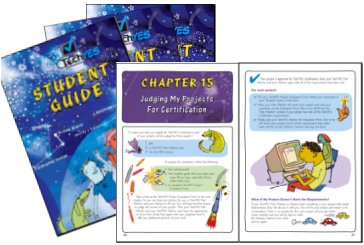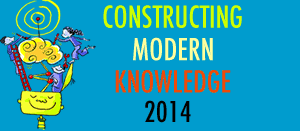States are starting to distribute the American Recovery and Reinvestment Act of 2009 (ARRA) funding, better known as “Stimulus Funds”. Much of the Title 1 funding has already found its way to schools, and now, the portion allocated to improve technology use (EETT) in schools is starting to trickle out.
California has released their guidelines and RFP here. 50% of the money will be distributed by formula, 50% will be distributed via a competitive grant process. This money is over and above the annual EETT funds from the federal government. It’s a LOT of money, but is a one-time only grant. This isn’t going to happen every year!
GenYES has been a very popular component of many California EETT grants in previous rounds, and we hope this continues! Over 40 schools in California are currently running GenYES programs funded by the EETT grants. These GenYES students are helping their teachers implement technology throughout the curriculum and assisting with tech support.
Here are a couple of great examples:
- GenYES Students Shine in California. GenYES students at B. Gale Wilson school in Fairfield, California, were featured in their local paper with a story about their leadership and technology skills.
- Kids Use — and Teach — Digital Storytelling. At Parkview Elementary in Chico, CA, students assist teachers on digital storytelling projects that support the technology plan and content standards.
- Technology Success Story. In San Juan, California, test scores and student self-esteem rise as students find their voice and show what they know using technology.
A relatively new goal for the EETT is to address the NCLB mandate for technology literacy by 8th grade. The TechYES Student Technology Literacy Certification program is a project-based way to do just that. Plus, the new TechYES TLC - Technology Literacy Curriculum is a great way to move your technology classes beyond word processing and keyboarding.
These funds MUST be used for programs that will be sustainable in the long run. All Generation YES programs are permanent licenses, with no renewal fees.
Find out more about how Generation YES programs meet the goals of the California EETT.
Sylvia

